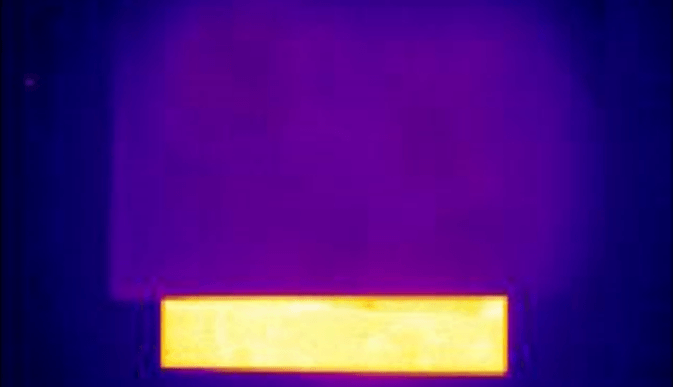Kevlar aerogel film masks IR signature
March 12, 2019
on
on

A team of researchers from China and the UK has developed a low-cost, easy-to-make Kevlar film that could be used to hide military hardware from thermal-imaging cameras.
The researchers produced an aerogel film from Kevlar fibers which is coated with polyethylene glycol (PEG) and a protective waterproof layer. It has excellent thermal insulation properties and the PEG coating absorbs heat when it melts and releases it again when it solidifies. In tests when the composite film coating was applied to structures exposed to artificial sunlight it was found that the objects would absorb and lose heat at the same rate as their surroundings. A thermal imaging camera viewing along the heat-source axis is not able to discern the objects outline, making it virtually invisible.
The researchers produced an aerogel film from Kevlar fibers which is coated with polyethylene glycol (PEG) and a protective waterproof layer. It has excellent thermal insulation properties and the PEG coating absorbs heat when it melts and releases it again when it solidifies. In tests when the composite film coating was applied to structures exposed to artificial sunlight it was found that the objects would absorb and lose heat at the same rate as their surroundings. A thermal imaging camera viewing along the heat-source axis is not able to discern the objects outline, making it virtually invisible.
Low cost and easy to apply
Previous attempts at thermal ‘cloaking’ all have significant disadvantages. They are difficult to produce, need their own energy supply, use rigid materials or consist of thick and heavy material producing heat build-up. This new Kevlar coating looks as though it may be the first practical solution.Read full article
Hide full article


Discussion (0 comments)